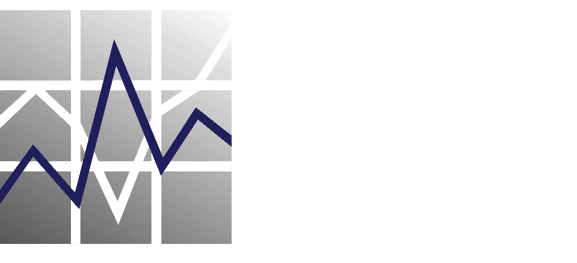
Making Competitive Intelligence Actionable
Competitive intelligence (CI) is a very large umbrella that covers many types of analysis techniques. Common forms of CI include market share analysis, financial analysis, sales process, go-to-market strategy, pricing strategy and others. These metrics are often part of a company’s ongoing competitive intelligence program. All of these measures offer insights into the competition but are they actionable? That is the key question. For example, if you know your company has an 18% market share and the market leaders have captured 22% and 29% market share positions, do you know what to do to increase your share position? Does this competitive information offer insight as to how to grow? No. The same can be said for in knowing a competitor’s pricing strategy or sales process. This information is certainly important but can be difficult to translate into associated strategic initiatives.
However, creating a unique and compelling value proposition can ensure continued customer growth. In order to create a unique value position, one must understand key competitors and how they deliver value. Competitive intelligence surveys can provide this information.
The chart below represents actual insights from a competitive intelligence survey through the use of the “best alternate supplier” or BAS methodology. Each respondent is asked to rate the performance of your company and also asked to rate their best alternate supplier on the same attribute. BAS is defined as the one supplier that the respondent would choose if they did not buy from your company. From the BAS dataset, specific competitors can then be broken out to provide competitor specific comparisons.
The chart below shows the difference in performance (or performance gaps) of “Competitor A” versus your company. Attributes where your company’s performance is behind the competition are represented with red bars, while blue bars indicate performance ahead of the competition. The same comparative analysis can be performed for each individual competitor.

Understanding relative competitive strengths and weaknesses is an important aspect of competitive intelligence. Developing a solid understanding of which critical product and service attributes drive satisfaction and value in the market is a critical part in implementing an actionable competitive intelligence process. This, coupled with the knowledge of your company’s performance as well as competitor’s performance on these critical attributes provides a clear picture of how well you compete on the key drivers of customer satisfaction and value. Developing this depth of competitive intelligence through proven research methods can create an invaluable competitive advantage, providing unparalleled insight when making strategic decisions.
Making Competitive Intelligence Actionable
Competitive intelligence (CI) is a very large umbrella that covers many types of analysis techniques. Common forms of CI include market share analysis, financial analysis, sales process, go-to-market strategy, pricing strategy, and others. These metrics are often part of a company’s ongoing competitive intelligence program. All of these measures offer insights into the competition but are they actionable? That is the key question.
For example, if you know your company has an 18% market share and the market leaders have captured 22% and 29% of the market, do you know what to do to increase your share? Does this competitive information offer insight as to how to grow? Unfortunately, the answer is no. The same can be said for knowing a competitor’s pricing strategy or sales process. This information is certainly important but can be difficult to translate into strategic initiatives.
However, creating a unique and compelling value proposition can ensure continued customer growth. In order to create a unique value position, one must understand key competitors and how they deliver value. Competitive intelligence surveys can provide needed insights.
The chart below represents sample results from a competitive intelligence survey using the “best alternate supplier” or BAS methodology. Each respondent is asked to rate the performance of your company and their best alternate supplier on a variety of attributes in key categories such as product quality, customer service, sales support, and pricing. BAS is defined as the one supplier that the respondent would choose if they did not buy from your company. From the BAS dataset, specific competitors can then be broken out to provide competitor specific comparisons.

The Net Score chart shows the difference in performance (or performance gaps) of your company versus Competitor A. The red bars represent attributes where your company’s performance is behind the competition, while the blue bars indicate performance ahead of the competition. The same comparative analysis can be performed for each individual competitor.
Understanding relative competitive strengths and weaknesses is an important aspect of competitive intelligence. Developing a solid understanding of which critical product and service attributes drive satisfaction and value in the market is a critical part in implementing an actionable competitive intelligence process. This, coupled with the knowledge of your company’s performance as well as competitor’s performance on these critical attributes provides a clear picture of how well you compete on the key drivers of customer satisfaction and value. Developing this depth of competitive intelligence through proven research methods can create an invaluable competitive advantage, providing unparalleled insight when making strategic decisions.

